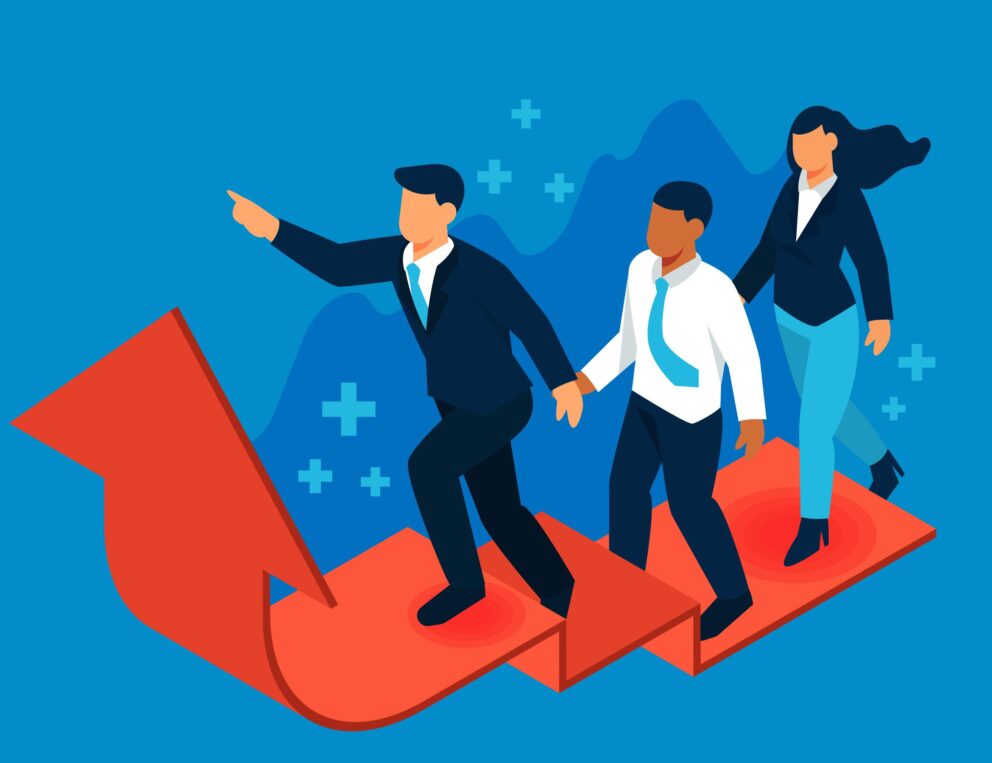5 Lessons B2B Marketers Can Learn From Costco

By Payal Parikh, Director of Client Engagement at Heinz Marketing
I came across this recently published video by Wall Street Journal about Costco’s Treasure-Hunt Shopping Strategy. As we all know, Costco is one of the largest and most successful retailers in the country. I am a regular shopper at Costco, and I can’t help but notice that even during the pandemic, Costco has managed to keep shoppers coming in to their stores. As stay-at-home Americans stocked up on bulk goods during the pandemic, Costco has been one of the few retailers that have mostly benefited from the pandemic. Along with shoppers going to the store, the company has also seen a jump in online shopping.
I watched the video and thought, there are so many lessons B2B marketers can learn from this retail giant. Here are a few of them that I think we can start putting into practice right away.
Customer First
For starters, there is Costco’s no-questions-asked return policy. What does that give us as a consumer? Peace of mind. We know for sure that if we do not like an item, no matter if it is a big-ticket item, Costco’s got us covered. We can return it in-store – no questions asked. Why do you think Costco has this policy in place? It wants to put the customer first – it wants to put you first. How does that translate to B2B?
Think about what problems you are solving. Think about your customer’s pain points, nurture your customers by talking about how you can solve their problems. If you are selling a product or a service, make sure it is user-friendly. Make their entire buying experience seamless. Do they have to complete a bunch of forms or documents to start that free trial or before talking to a real human? How quickly does your team respond to the inquiry up to the closed deal and beyond? Do you take good care of your customers even after you have won their business?
Customer Loyalty
Costco has a high customer retention rate. With prices often far lower than competing retailers, it is a no-brainer that customers keep returning and renewing their annual membership. Although, I would say most of us are guilty of spending 3-5 times more than what we had originally planned when we walked in the store. But Costco’s consistent profitability is directly related to its customer loyalty. How does this translate to B2B?
When your customers know you will provide them with top-notch service, competitive pricing and an unparalleled level of quality, you will have a loyal customer base. But for that to happen, everyone within your organization needs to work toward a common goal of serving the customers. Your service teams and customer success teams should be focused on providing a consistent experience to the customer throughout the customer journey. If you focus as much energy on customer retention, as you do on customer acquisition, there is no doubt you will have a happy customer in the end.
Do not cheap out on Quality!
Costco does not compromise on quality to bump up its profits. As you can see in the video, Costco’s in-house brand, Kirkland, makes up 25% of the overall revenue share. The Kirkland brand is committed to providing top quality at affordable prices. How does this translate to B2B?
Identify your target market, define your buying committee and their personas. These tools will help you understand your target audience’s motivators, their pain points and most importantly the problems you need to solve in order to close a sale.
Cross-sell and Up-sell
Upselling is easy, profitable, and a win-win for you and the customer. Your customer has already decided to make a purchase, you know there is a need. Upselling is usually profitable as the product is normally better than its counterpart version, which in turn translates into a happier customer.
Costco’s revenue that comes out of selling memberships, makes up the core of Costco’s profits. Costco charges $60 annually for its basic level membership. For $120 a year, you get an Executive membership that offers additional savings, perks, and benefits as well as cashback on qualified purchases. And cashback provides an incentive to make more purchases. What does it mean for B2B?
A new customer acquisition cost in B2B is much higher than the cost of retaining the customer. It can be 3-5 times more than retaining an existing customer. Here is how you can calculate your CAC. Many companies focus their time and resources on the acquisition. Not many efforts are put into improving the retention rate. Retention provides a much higher ROI and is much more cost-effective than acquisition.
Develop a realistic goal-oriented marketing strategy that incorporates both – customer acquisition as well as customer retention. A successful customer retention strategy includes opportunities to cross-sell and upsell.
Learn how customer retention strategies create the ultimate competitive advantage.
Take care of your people
Costco pays its employees unusually well in comparison to other retailers. Not to mention, most Costco employees are eligible for company-sponsored healthcare. The result is a highly motivated workforce. This in turn translates into a consistently good shopping experience. How does this translate to B2B?
As my colleague Lauren Dichter points out in her blog, employees who are satisfied with and bought-in to their employers are more likely to work harder and thus perform better. You’ll get improved business outcomes from the synergy that occurs when happier, more engaged employees converge with loyal, emotionally invested customers!
What other lessons can B2B marketers learn from Costco — or any other B2C business for that matter? I would love to learn from you, add your thoughts in the comments.






